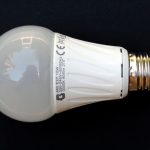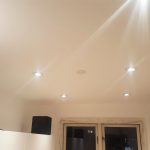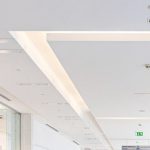Upgrade your Lighting: Simple Steps to Convert Fluorescent to LED for Better Efficiency and Savings
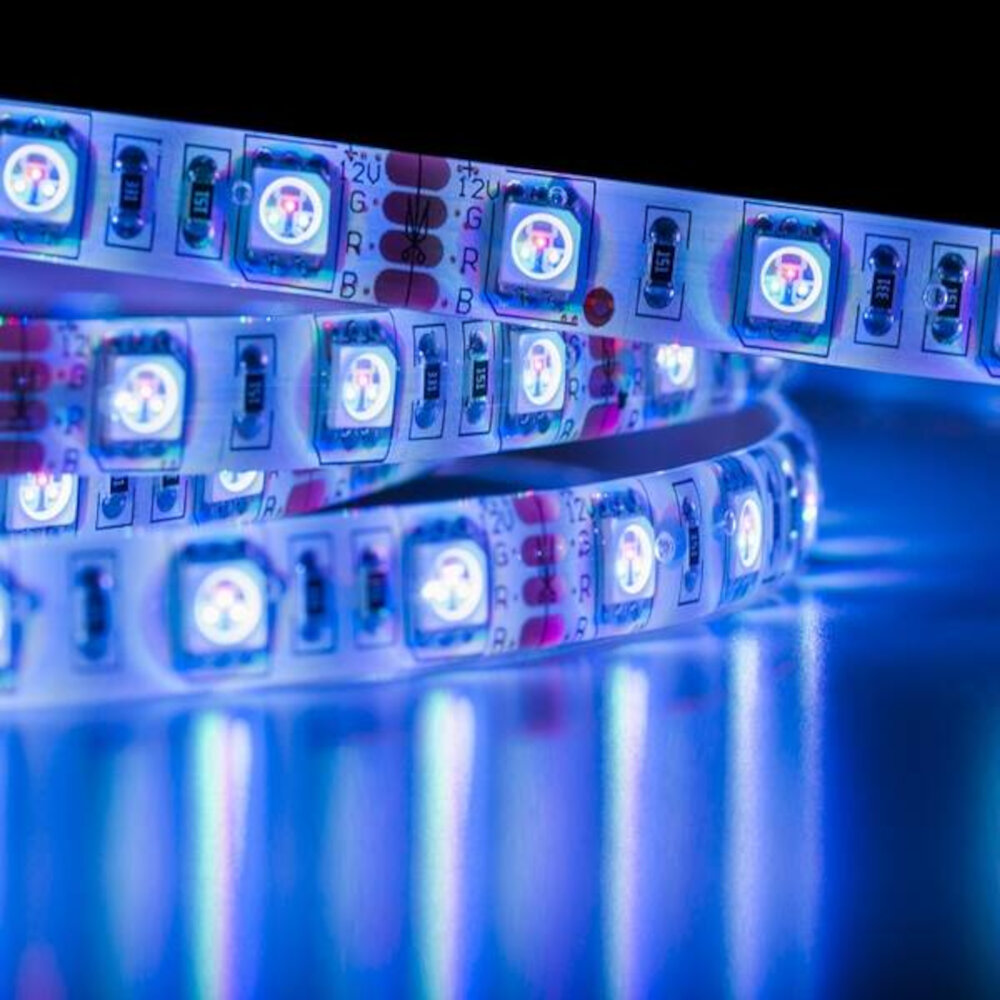
Lighting plays a crucial role in our daily lives, whether at home or in a commercial setting. With the ever-increasing demand for energy-efficient lighting, many people are transitioning from traditional fluorescent lighting to LED lighting. LED lighting offers a range of benefits, including better efficiency, cost savings, and longer lifespan. Making the switch to LED lighting doesn’t have to be complicated or expensive, and it can have a significant impact on your energy bills and overall quality of lighting. If you’re still using fluorescent lighting, now is the time to upgrade to LED lighting. LED lighting is quickly becoming the standard for energy-efficient lighting due to its superior performance and cost-effectiveness. Converting your fluorescent lighting to LED is easier than you may think, and it can be done in just a few simple steps. With this guide, we’ll walk you through the process of converting your fluorescent lighting to LED and highlight the benefits of making the switch. Whether you’re a homeowner or a business owner, upgrading your lighting to LED can provide significant savings and improve the quality of lighting in your space.
LED lighting has a variety of benefits that make it an excellent choice for upgrading your lighting system. Firstly, LED lights are much more energy-efficient than traditional fluorescent lights, meaning that they use less energy and therefore cost less to run. Additionally, LED lights have a much longer lifespan than fluorescent lights, meaning that they require less frequent replacement and maintenance. LED lights are also highly durable and resistant to damage, making them ideal for use in a range of different environments. Finally, LED lights offer a range of different color temperatures and brightness levels, allowing you to customize your lighting to suit your needs and preferences. Overall, upgrading to LED lighting is a smart and cost-effective investment that can help you save money while improving the quality and efficiency of your lighting system.
Fluorescent lighting has been widely used for decades due to its cost-efficient nature. However, this type of lighting has some drawbacks that can make it less desirable for certain applications. One of the primary issues with fluorescent lighting is its tendency to flicker, which can cause eye strain and headaches for some people. Additionally, fluorescent bulbs contain small amounts of toxic mercury that can be harmful if the bulbs are not disposed of properly. Another drawback is that fluorescent bulbs have a limited lifespan and can become less efficient over time, which can lead to higher energy costs. Overall, while fluorescent lighting may be an affordable option, it is important to consider the potential drawbacks before making a decision on the best lighting solution for your specific needs.
Understanding Fluorescent Lighting
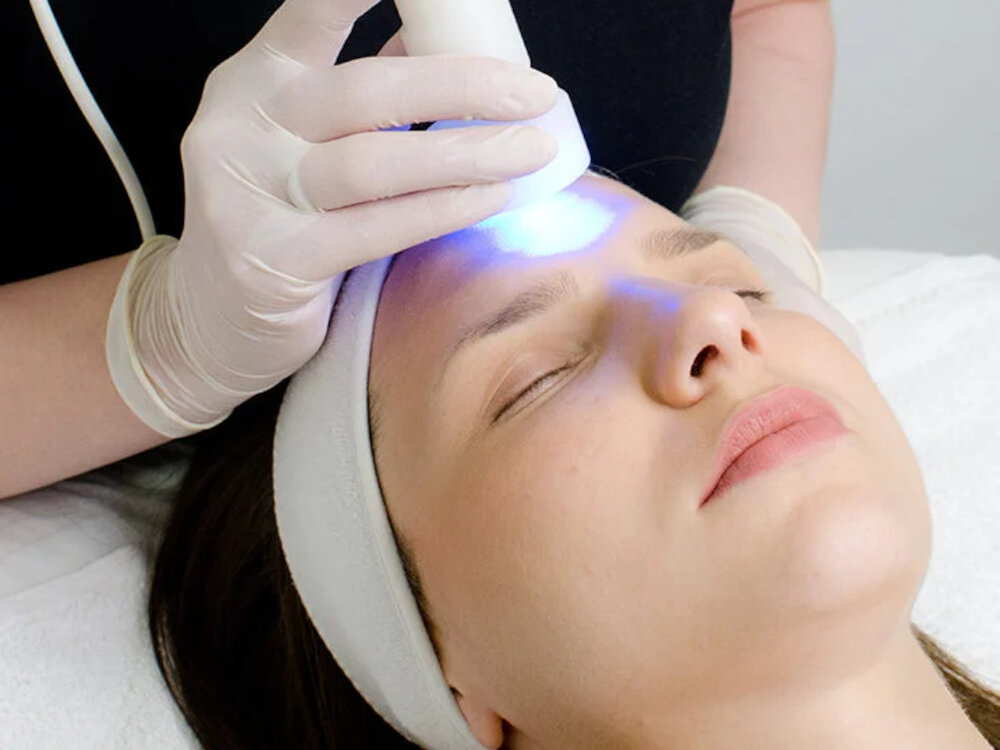
Fluorescent lighting has been a popular choice for indoor lighting for several decades. It is a type of lighting that uses a gas discharge method to create light. The gas in the tube is excited by an electric current, which then emits ultraviolet radiation. This radiation interacts with the phosphor coating on the inside of the tube, causing it to emit visible light. Fluorescent lighting is known for its energy efficiency and long lifespan. However, it does have some drawbacks, such as flickering, buzzing, and the use of toxic materials in its production. As a result, many people have been making the switch to LED lighting. LED lighting is a newer technology that offers several advantages over fluorescent lighting. It is more energy-efficient, has a longer lifespan, and does not contain toxic materials. Additionally, LED lighting is compatible with dimmers, motion sensors, and other smart home technologies. However, converting from fluorescent to LED lighting can be a daunting task, especially for those who are not familiar with lighting technology. Understanding the basics of fluorescent lighting can help make the process easier and more efficient. By upgrading to LED lighting, you can improve your indoor lighting while reducing your energy consumption and saving money on your electricity bill.
Fluorescent lighting works by passing an electric current through a tube filled with low-pressure mercury vapor and a small amount of inert gas. This excites the mercury atoms, causing them to emit ultraviolet (UV) light. The UV light then strikes a phosphor coating on the inside of the tube, causing it to fluoresce and emit visible light. The color of the light depends on the specific combination of phosphors used in the coating. Fluorescent lights are more energy-efficient than traditional incandescent bulbs because they produce less heat and use less electricity to produce the same amount of light. However, they contain small amounts of toxic mercury and can flicker, which can be unpleasant or even trigger migraines in some people.
Fluorescent lighting has been a popular choice for decades due to its energy efficiency and long lifespan. However, it also comes with its own set of problems. One of the major issues is the presence of mercury, a toxic substance, which poses a threat to the environment and human health. Additionally, fluorescent tubes contain fragile glass that can break easily, creating a potential danger for injury or exposure to harmful chemicals. The flicker and hum that often accompanies fluorescent lighting can be irritating and distracting for some people, leading to decreased productivity and discomfort. Lastly, fluorescent bulbs emit UV radiation, which can be harmful to human skin and eyes with prolonged exposure. These issues make it clear that upgrading to LED lighting is not only more efficient and cost-effective but also safer and healthier for both people and the environment.
Upgrading to LED lighting has several benefits that make it a smart choice for homeowners and businesses alike. LED lights are incredibly energy-efficient, using up to 80% less energy than traditional fluorescent bulbs. This means that they can significantly reduce your electricity bills, saving you money in the long run. Additionally, LED lights have a longer lifespan than traditional bulbs, lasting up to 25 times longer. This means that you will save money on replacement bulbs and reduce the amount of waste that ends up in landfills. LED lights also emit less heat than traditional bulbs, making them safer to use and reducing the need for air conditioning. Overall, upgrading to LED lighting is a cost-effective and environmentally-friendly choice that can save you money and energy in the long run.
Benefits of LED Lighting
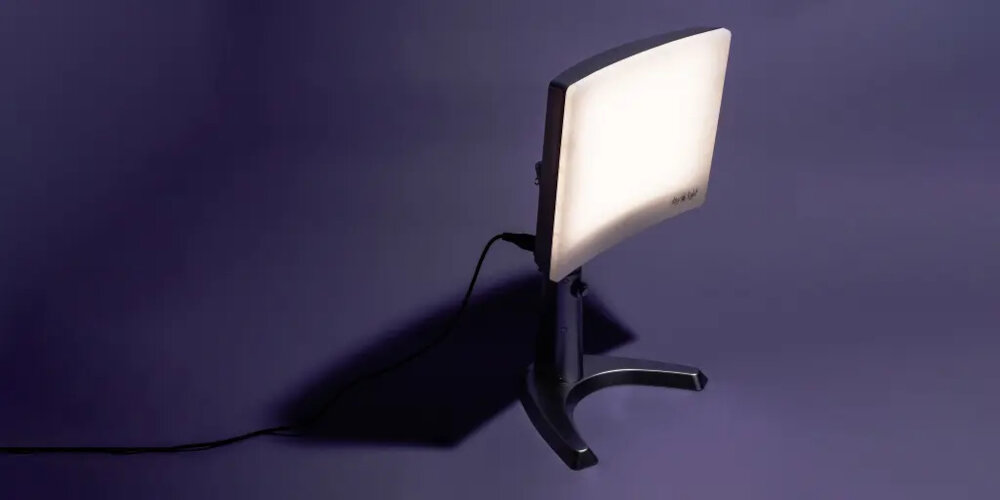
LED (Light Emitting Diode) lighting is becoming increasingly popular for its superior energy efficiency, longer lifespan, and versatility. Compared to traditional fluorescent lighting, LED lights consume up to 80% less energy, emit less heat, and last up to 25 times longer. This translates into significant cost savings on electricity bills and maintenance costs. LED lighting also offers a wider range of color temperatures, from cool to warm, allowing for more customization in lighting design. Additionally, LED lights are mercury-free, making them safer for the environment and easier to dispose of. Another benefit of LED lighting is its durability and resistance to shock and vibration. Unlike traditional fluorescent lights that are fragile and prone to breakage, LED lights are solid-state and can withstand harsh conditions. This makes them ideal for use in outdoor lighting, industrial settings, and other high-impact environments. LED lights also turn on instantly, without any flickering or warm-up time, providing immediate illumination. And with the ability to dim LED lights, users can adjust the lighting intensity to suit their needs, creating a more comfortable and productive environment. Overall, upgrading to LED lighting is a simple and effective way to improve energy efficiency, reduce costs, and enhance lighting quality.
Energy efficiency is the key to reducing energy consumption and minimizing waste. It involves using less energy to perform the same tasks and achieving the same results. One of the most effective ways to improve energy efficiency is to upgrade your lighting system. By converting your fluorescent lights to LED lights, you can reduce your energy usage by up to 75%. LED lights are more efficient and longer-lasting than traditional fluorescent lights. They also produce less heat and emit less carbon dioxide, making them an eco-friendly choice. Upgrading your lighting is a simple and cost-effective way to make your home or business more energy-efficient and save money on your energy bills.
Lifespan is a crucial factor to consider when upgrading lighting systems, and LED lights are known to have a longer lifespan compared to fluorescent lights. LED lights can last up to 50,000 hours, while fluorescent lights have a lifespan of around 10,000 hours. This means that LED lights can last up to five times longer than fluorescent lights, resulting in fewer replacements and maintenance costs. Additionally, LED lights are more energy-efficient, which can lead to even greater cost savings over time. Upgrading to LED lights is a smart move for those looking to improve the efficiency and sustainability of their lighting systems.
When upgrading your lighting system from fluorescent to LED, safety should be your top priority. It is important to take precautions when handling electrical components, such as turning off the power supply and wearing protective gear. Additionally, make sure to choose LED bulbs that are certified by recognized safety organizations to ensure they meet safety standards. By taking these simple steps, you can not only improve the efficiency and savings of your lighting system but also ensure the safety of yourself and those around you.
Cost savings is a vital aspect that every business owner considers when it comes to upgrading their lighting system. Converting from fluorescent to LED lights is a simple yet effective measure that can result in substantial savings. LED lights consume less energy, last longer, and require less maintenance than traditional fluorescent bulbs. This translates to lower electricity bills, reduced replacement costs, and fewer work hours spent on maintenance. Furthermore, LED lights are more environmentally friendly, as they contain no hazardous materials and emit less heat. By upgrading to LED lights, businesses can reduce their carbon footprint and contribute to a greener planet while enjoying cost savings.
How to Convert Fluorescent to LED Lighting
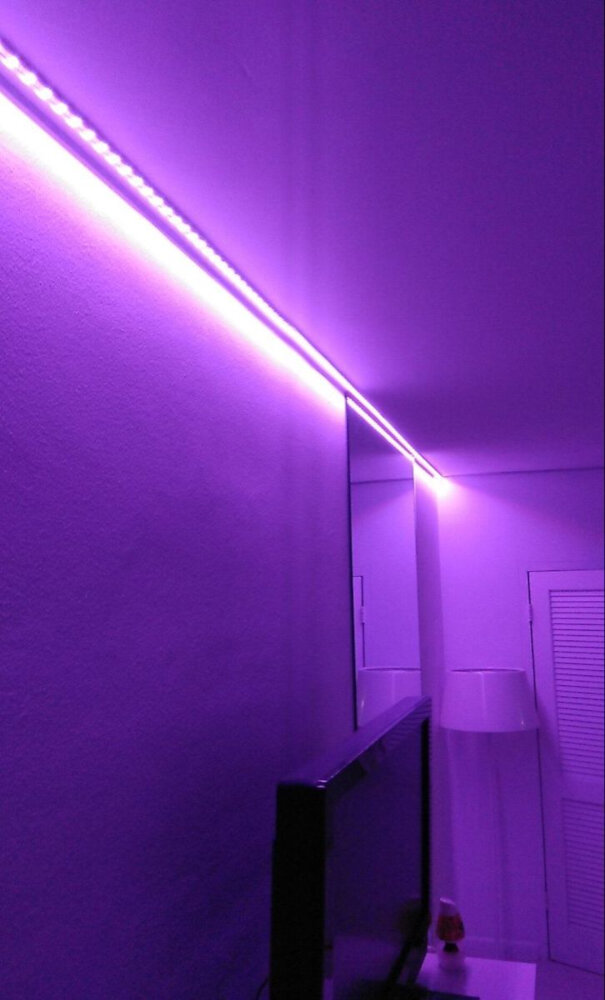
Upgrading your lighting system from fluorescent to LED can bring many benefits such as improved efficiency and energy savings. This conversion process is not only cost-effective but also a simple DIY project that can be done in just a few steps. The first step is to assess the existing fluorescent fixtures and determine the type of LED retrofit kit required. There are different types of LED retrofit kits available in the market, including plug-and-play, magnetic, and ballast-bypass kits. Choosing the right one depends on the type of fluorescent fixture being used. Once the correct retrofit kit has been selected, turn off the power supply to the fixture and remove the fluorescent tubes and ballast. The ballast is no longer needed as LED lights work on a direct current. The next step is to install the LED retrofit kit. Depending on the type of kit being used, this can involve simply screwing in the LED tubes or wiring the magnetic or ballast-bypass kit. Once the kit has been installed, turn on the power supply and test the lights to ensure they are working correctly. The benefits of converting from fluorescent to LED lighting are numerous, including energy savings of up to 75%, longer lifespan, and improved lighting quality. Additionally, LED lights do not contain hazardous materials such as mercury, making them safer and more environmentally friendly. By following these simple steps, upgrading your lighting system to LED can be a cost-effective and efficient solution for any home or business.
Upgrading your lighting system from fluorescent to LED can be a simple and cost-effective way to enhance energy efficiency and save money over the long term. The first step in converting your lighting system is to assess your current lighting needs and determine the appropriate LED bulbs and fixtures required. Next, remove the existing fluorescent bulbs and fixtures and dispose of them properly. Then, install the new LED bulbs and fixtures, making sure to follow the manufacturer’s instructions. It is also important to consider any necessary wiring changes and to test the new LED system to ensure proper functionality. With LED technology offering improved energy efficiency, longer lifespan, and reduced maintenance costs, converting from fluorescent to LED lighting can be a smart investment for any home or business.
To upgrade your lighting from fluorescent to LED, you will need a few tools and materials. You will need a screwdriver, wire strippers, wire nuts, and pliers to disconnect the old fixture and connect the new one. You will also need a new LED fixture, which can be purchased at most hardware stores or online. Make sure to choose the right size and style for your space. Additionally, you may need a ladder or step stool to reach the fixture and turn off the power before starting. With these tools and materials, you can easily and efficiently upgrade your lighting to LED for better energy efficiency and cost savings.
When upgrading your lighting from fluorescent to LED, there are a few common mistakes that you should avoid. Firstly, ensure that you choose the right LED bulb that matches the fixture in terms of size and wattage. Secondly, make sure that you disconnect power before replacing the fluorescent bulbs to avoid accidents. Thirdly, do not mix different types of bulbs in one fixture as it can cause uneven lighting and affect the lifespan of the bulbs. Fourthly, do not forget to dispose of the fluorescent bulbs properly as they contain hazardous materials. Lastly, avoid installing too many LED bulbs in one circuit as it can overload the system and cause a fire hazard. By avoiding these mistakes, you can ensure a smooth and safe transition to LED lighting for better efficiency and savings.
Additional Tips for Upgrading to LED Lighting
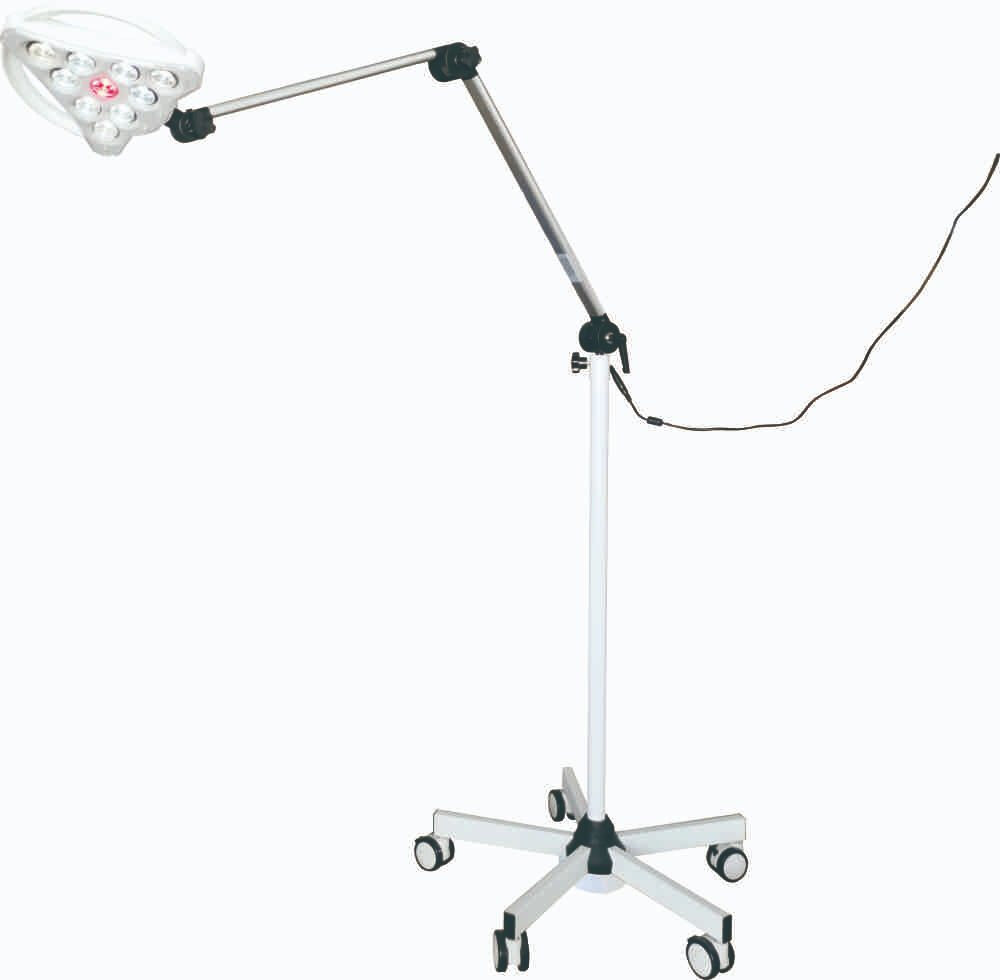
Upgrading to LED lighting is a smart decision that can lead to significant energy savings and a more efficient lighting system. However, there are additional tips that can help you maximize the benefits of your LED upgrade. Firstly, consider the color temperature of your LED bulbs. LED bulbs come in a range of color temperatures, from warm white to cool white. Warm white bulbs create a cozy and inviting atmosphere, while cool white bulbs are better suited for task lighting. Choose the right color temperature for each area of your home or business to create the ideal lighting ambiance. Secondly, make sure to properly dispose of your old fluorescent bulbs. Fluorescent bulbs contain toxic materials, such as mercury, that can harm the environment if not disposed of properly. Most hardware stores and recycling centers offer fluorescent bulb recycling programs. By properly disposing of your old bulbs, you can help protect the environment and ensure that your LED upgrade is a sustainable choice. Additionally, many LED bulbs come with a warranty, so make sure to keep your receipts and packaging in case you need to make a claim in the future. By following these additional tips, you can ensure that your LED upgrade is a successful and sustainable investment.
Choosing the right LED bulbs involves considering several factors such as the color temperature, lumens, wattage, and beam angle. Color temperature is measured in Kelvins and indicates the warmth or coolness of the light emitted by the bulb. Lumens describe the brightness level of the bulb, while wattage represents the amount of power consumed. The beam angle indicates the spread of light emitted by the bulb. It is essential to select bulbs that are compatible with the existing fixtures and dimmer switches if applicable. Additionally, it is crucial to choose bulbs that have a high Energy Star rating to ensure maximum energy efficiency and cost savings. Finally, consider the warranty, lifespan, and cost of the LED bulbs before making a purchase decision.
When it comes to disposing of old fluorescent bulbs, it’s essential to handle them with care. These bulbs contain small amounts of mercury and other harmful chemicals that can be dangerous to human health and the environment. The best way to dispose of them is to take them to a recycling center that accepts fluorescent bulbs. Many hardware stores and home improvement centers offer recycling programs for these bulbs. It’s important to avoid throwing them in the trash, as this can lead to mercury and other toxins seeping into the soil and water supply. By taking the extra step to recycle your old fluorescent bulbs, you can do your part in protecting the environment and ensuring the safety of those around you.
Aside from the cost savings and environmental benefits, there are several other important considerations when upgrading to LED lighting. One of the most notable is the improved quality of light that LEDs offer. Unlike fluorescent bulbs, which can produce a flicker or hum, LED lights provide a steady, bright and natural-looking illumination. Additionally, LED bulbs are available in a range of color temperatures, allowing you to choose the perfect ambiance for your space. Another important factor to consider is the longevity of LED bulbs. While fluorescent bulbs typically last around 10,000 hours, LED bulbs can last up to 50,000 hours or more, reducing the need for frequent replacements and maintenance. Finally, LED bulbs are also much more durable than fluorescent bulbs, making them a safer and more reliable choice for any setting.
LED lighting has become increasingly popular in recent years due to its many benefits. One of the main advantages of LED lighting is its energy efficiency, which can result in significant cost savings. LED bulbs use 75% less energy than traditional incandescent bulbs, and can last up to 25 times longer. They also emit less heat, making them safer and more environmentally friendly. In addition to their energy efficiency, LED bulbs are also highly durable and resistant to shock and vibration. They are also available in a wide range of colors and brightness levels, making them suitable for a variety of applications. Overall, upgrading to LED lighting is a simple and effective way to improve efficiency and save money on energy costs.
In conclusion, upgrading to LED lighting is a smart choice for both homeowners and business owners. Not only does it provide better efficiency and cost savings in the long run, but it also offers a more sustainable and eco-friendly solution. LED lights have a longer lifespan and require less maintenance, which means less hassle and more time to focus on other important tasks. It’s important to carefully assess your lighting needs and choose the right LED bulbs or fixtures to ensure maximum benefits. By taking these simple steps to convert fluorescent to LED lighting, you can significantly reduce your energy consumption and carbon footprint, while enjoying better lighting quality and comfort.
Conclusion
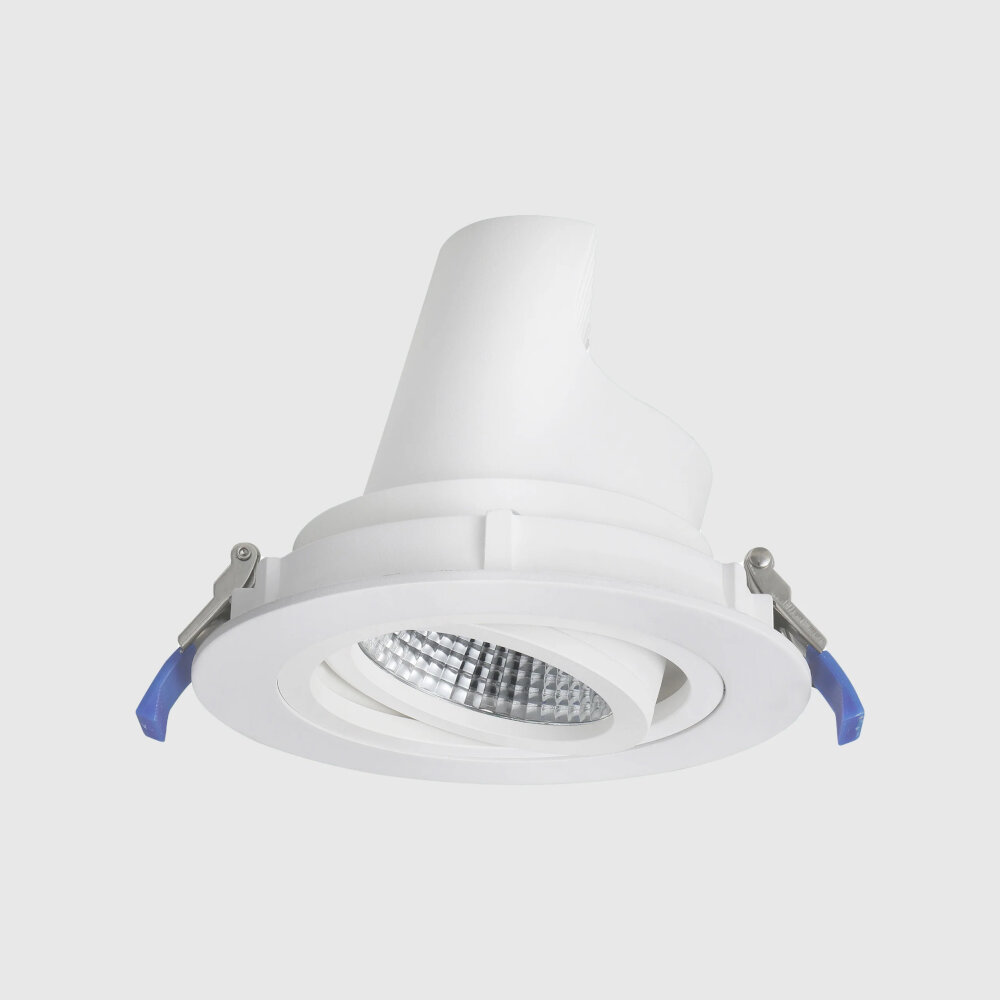
In conclusion, upgrading your lighting from fluorescent to LED is a simple and smart step towards better efficiency and savings. By making this switch, you can enjoy the benefits of longer lifespan, lower energy consumption, and reduced maintenance costs. Additionally, LED lights provide better quality of light, making your space more comfortable and inviting. With the availability of various LED lighting options in the market, it is now easier than ever to make the transition. So, don’t wait any longer, upgrade your lighting today and experience the difference in your space and in your wallet.

